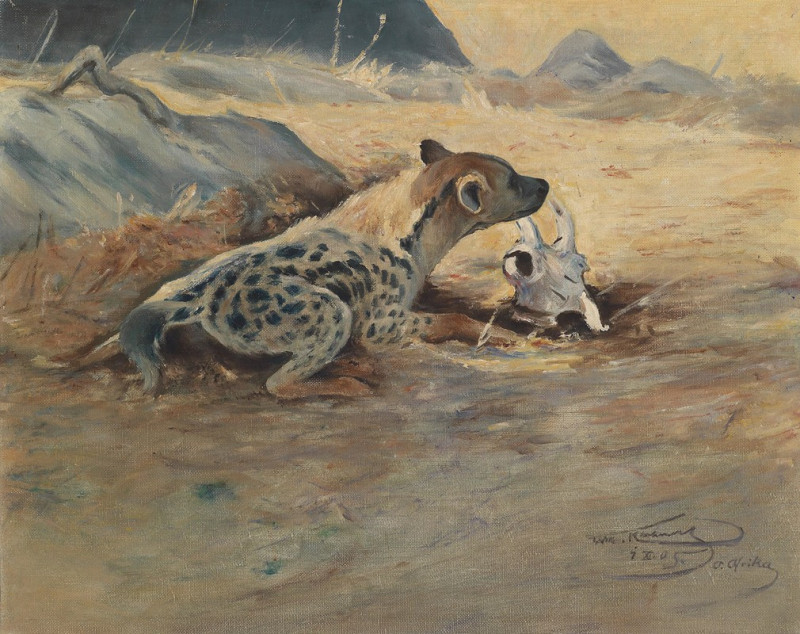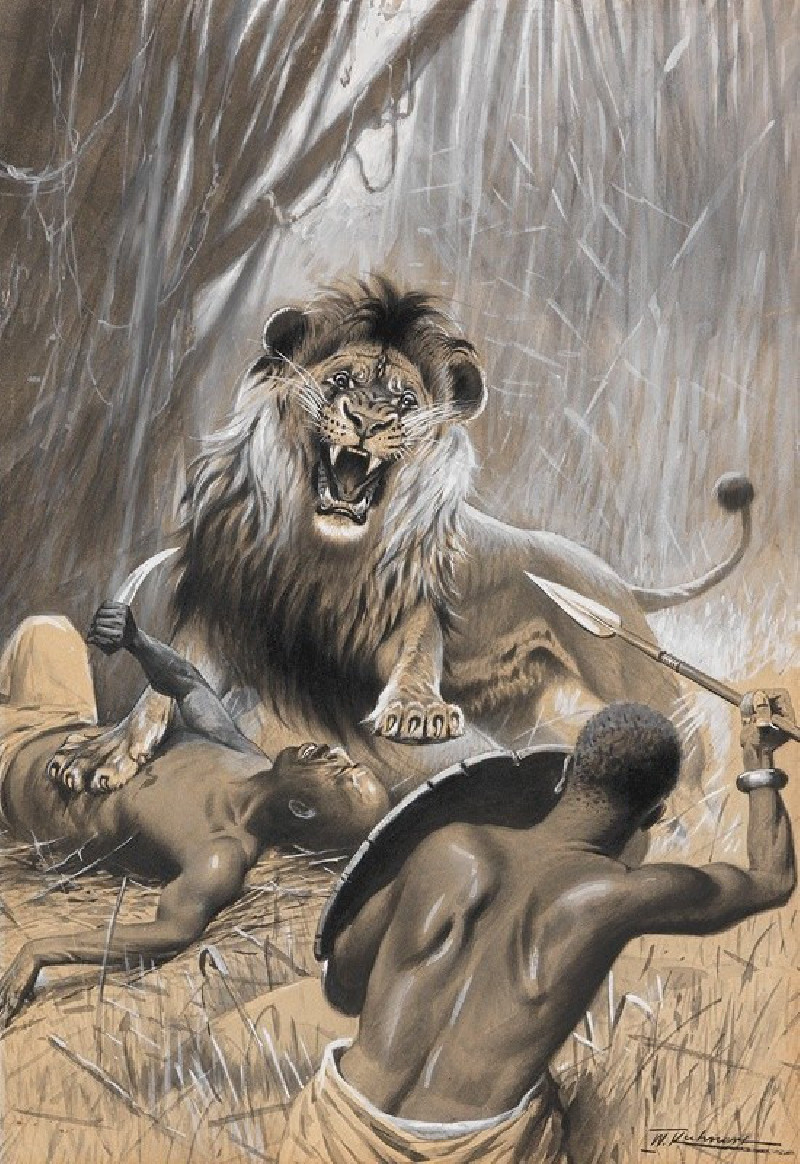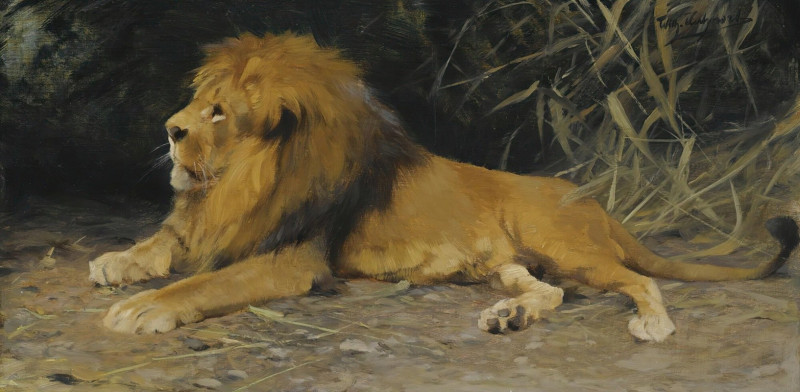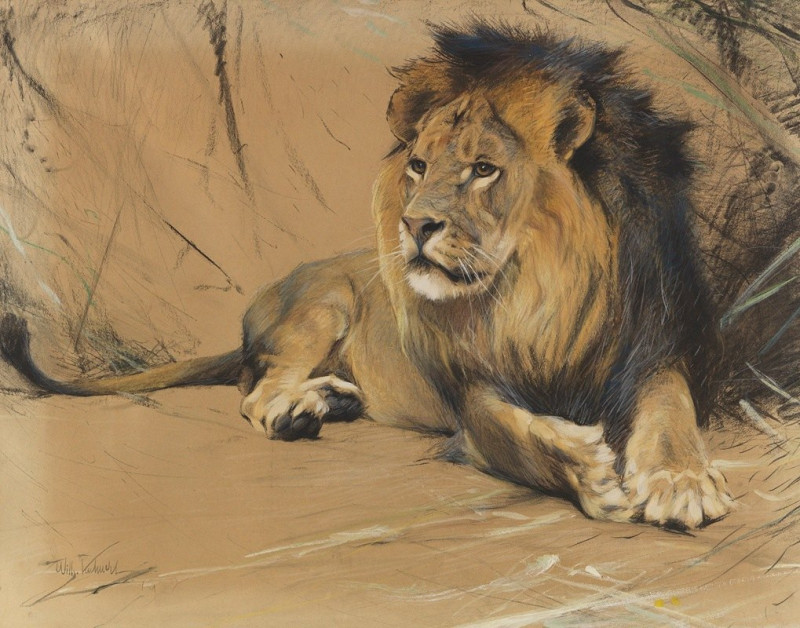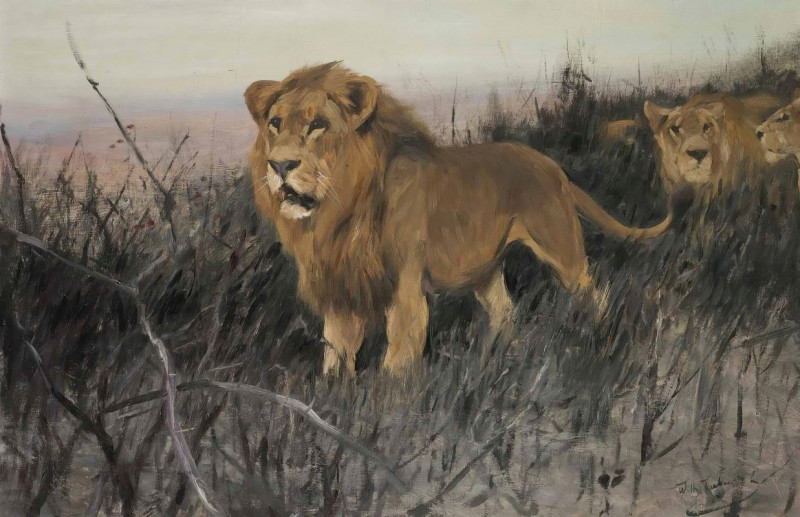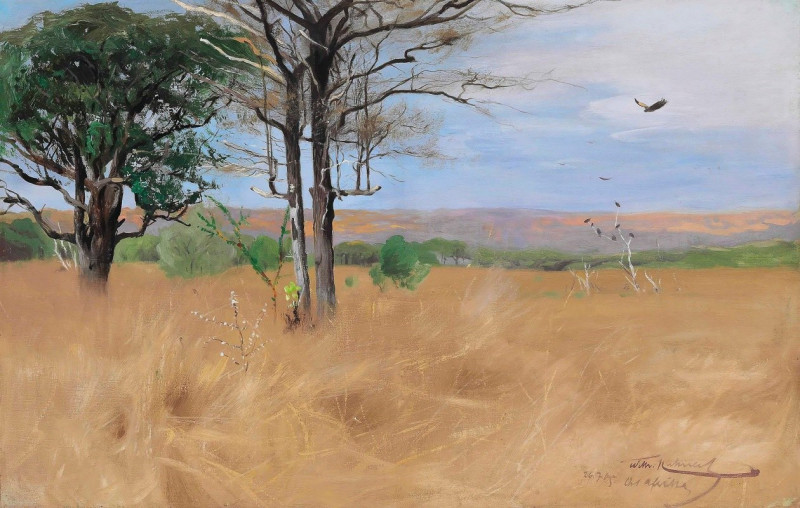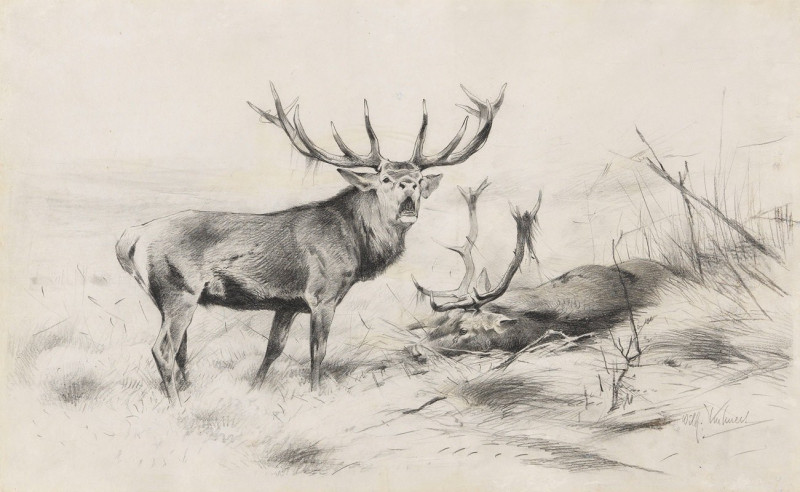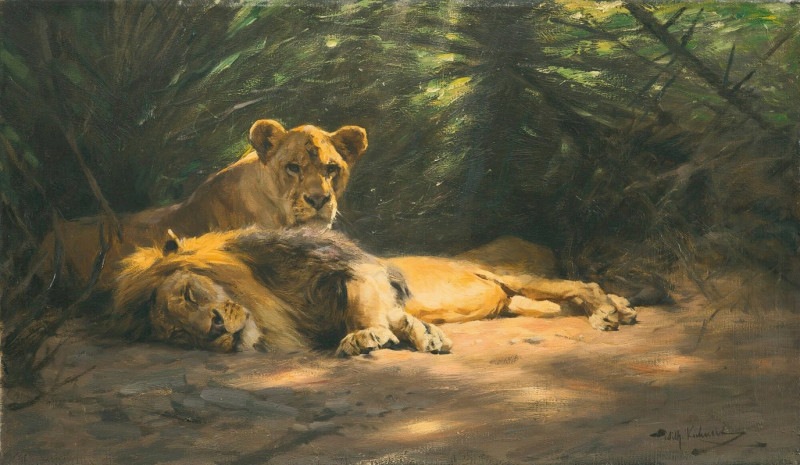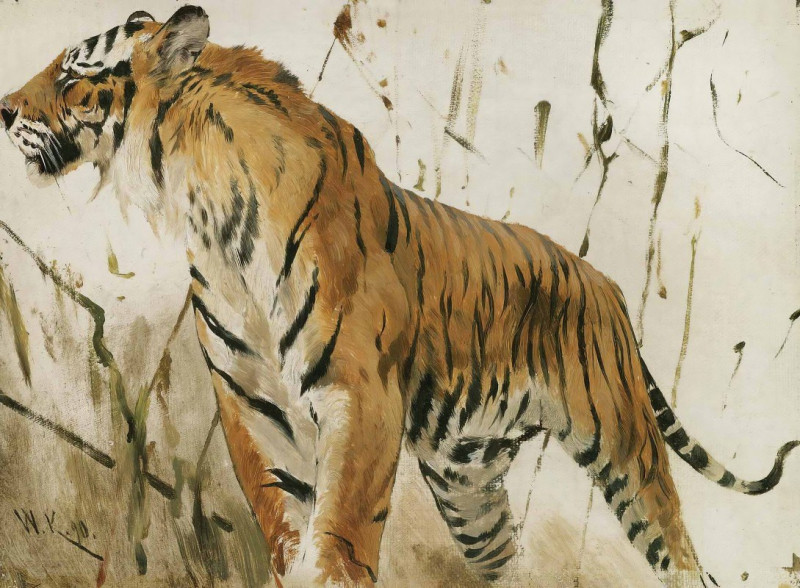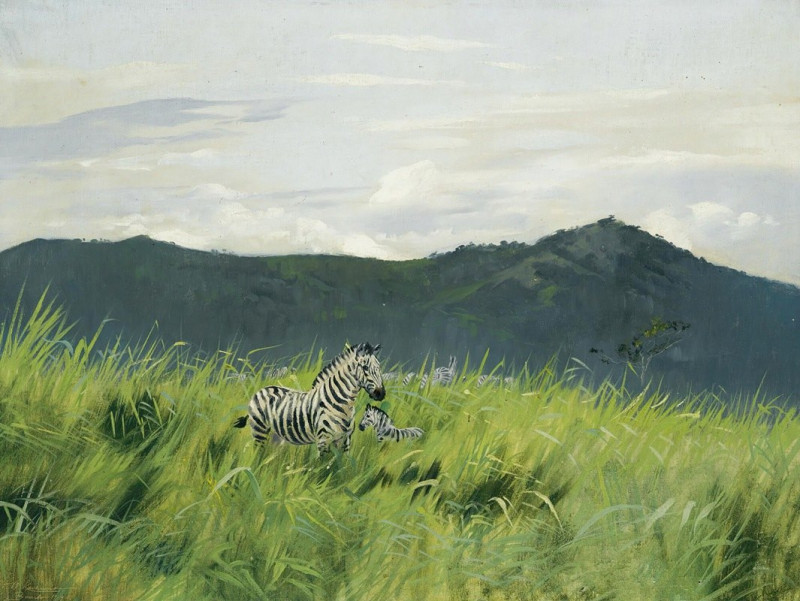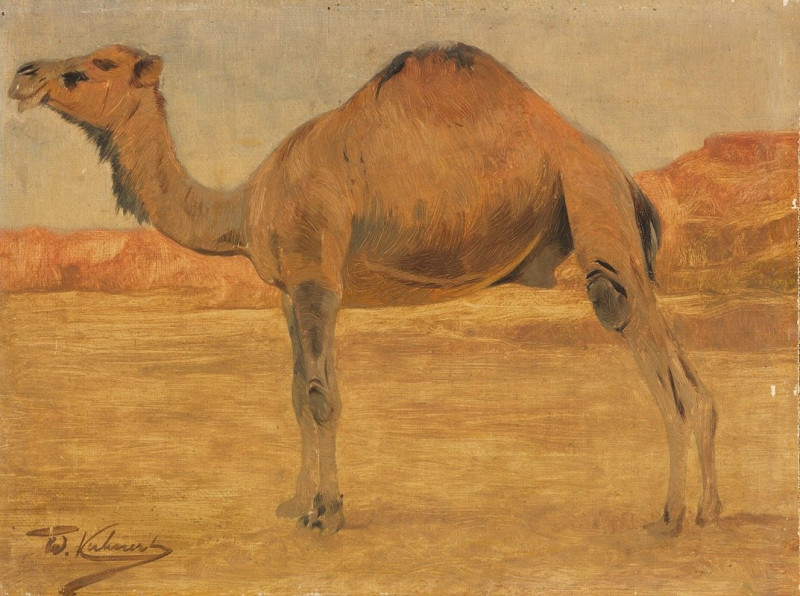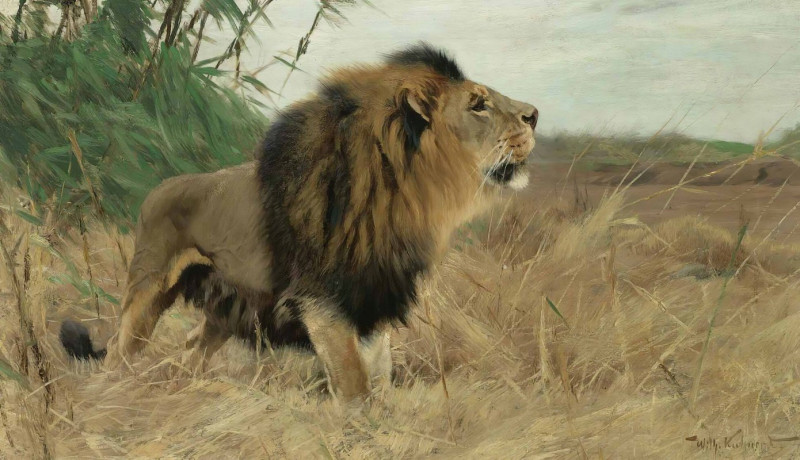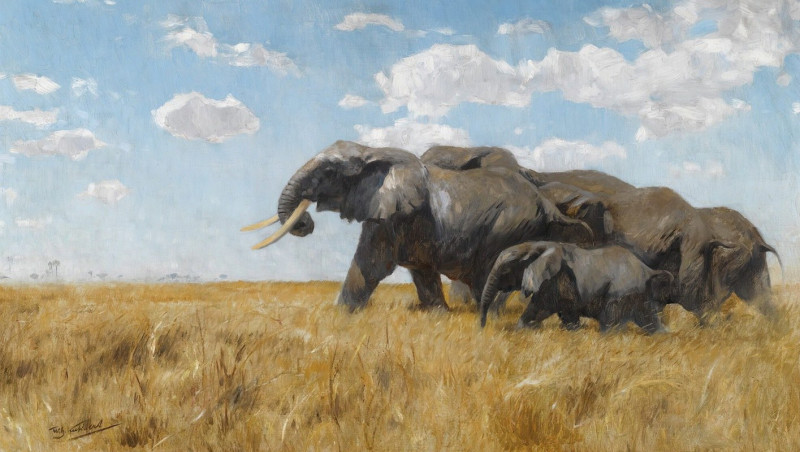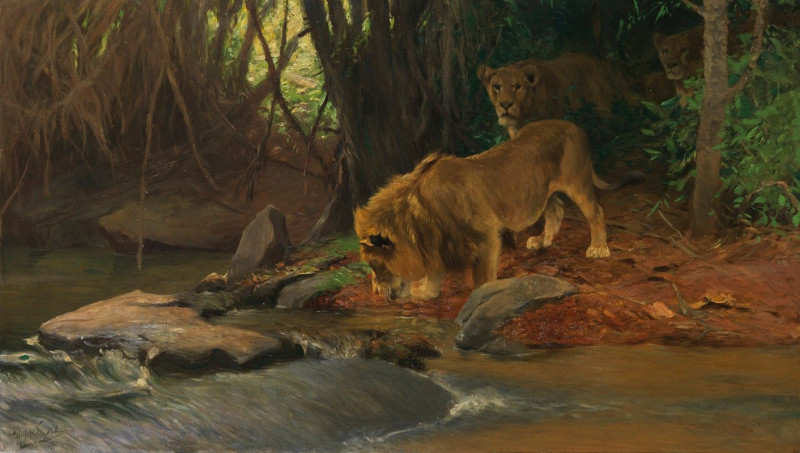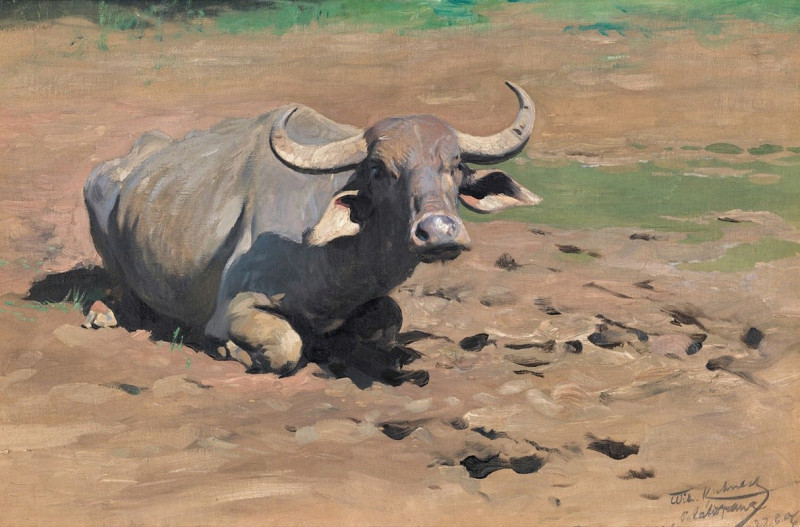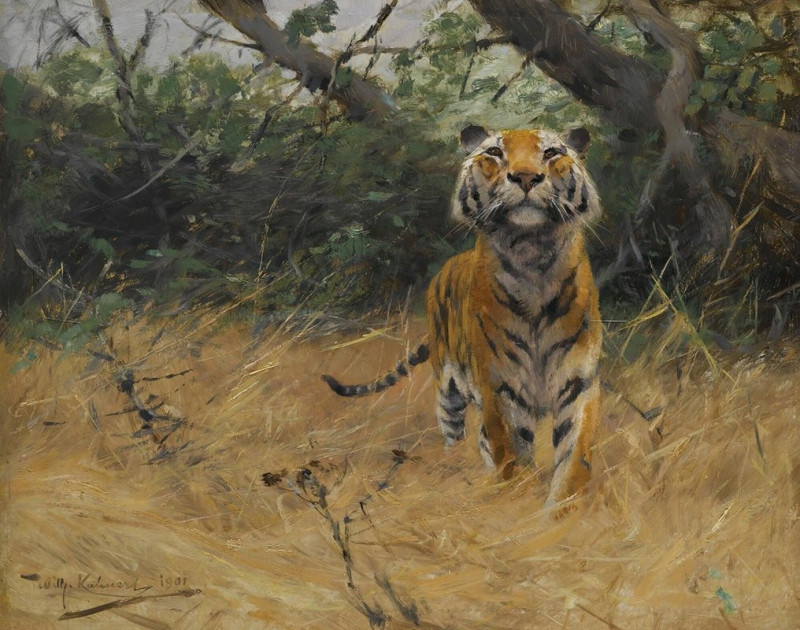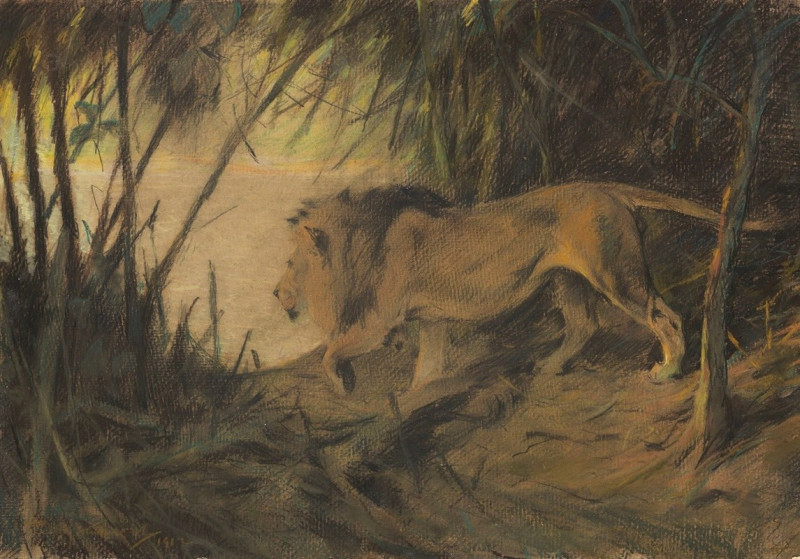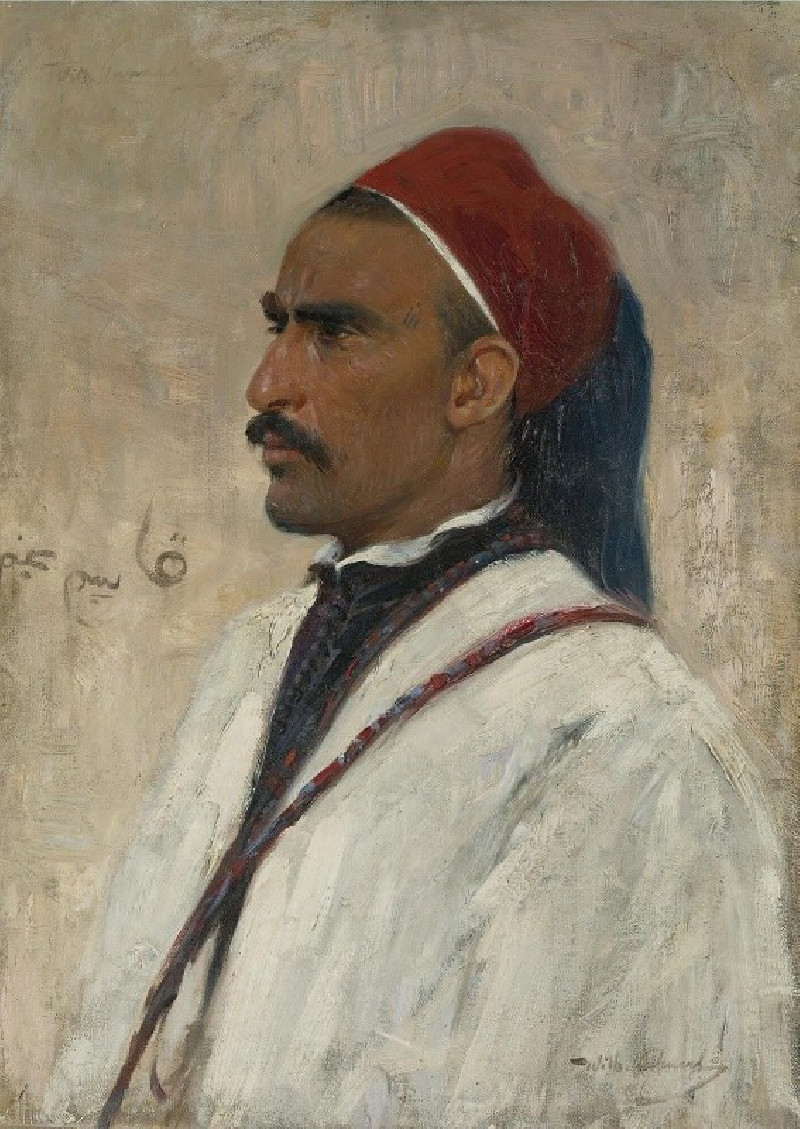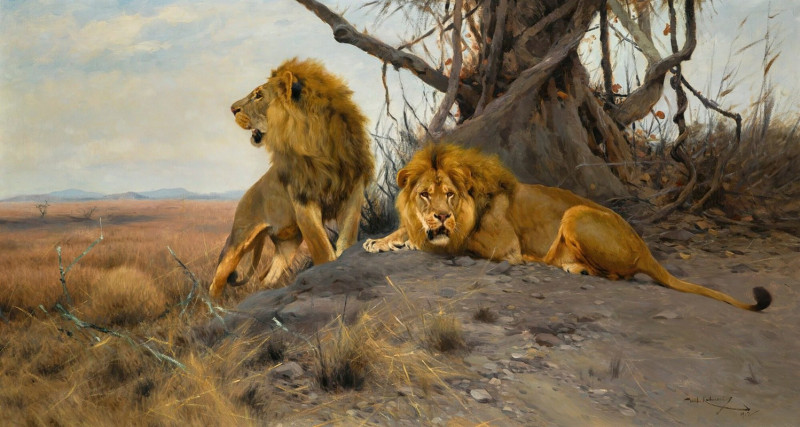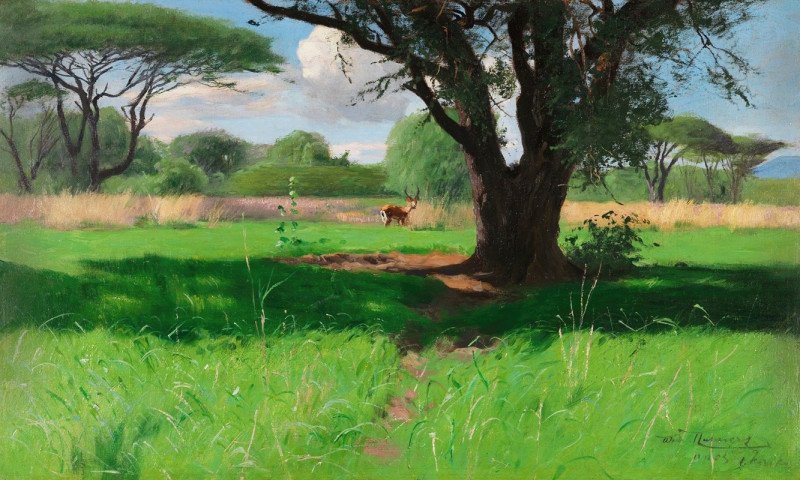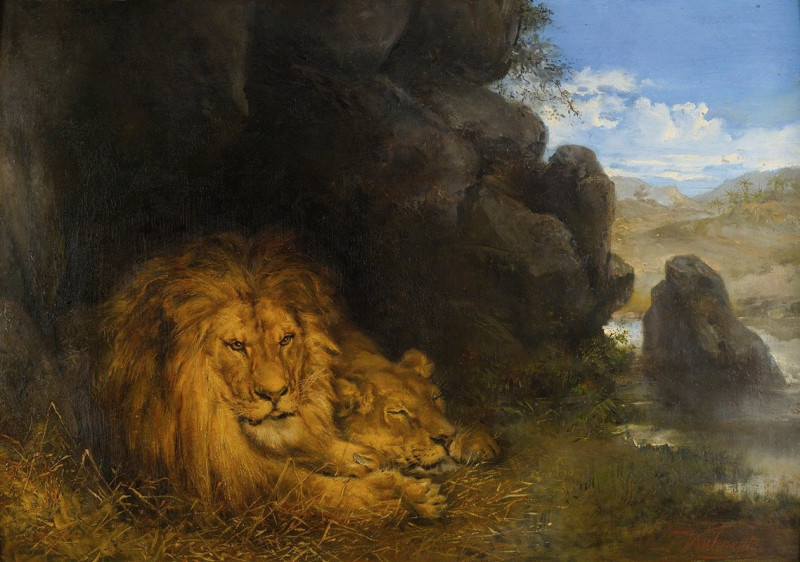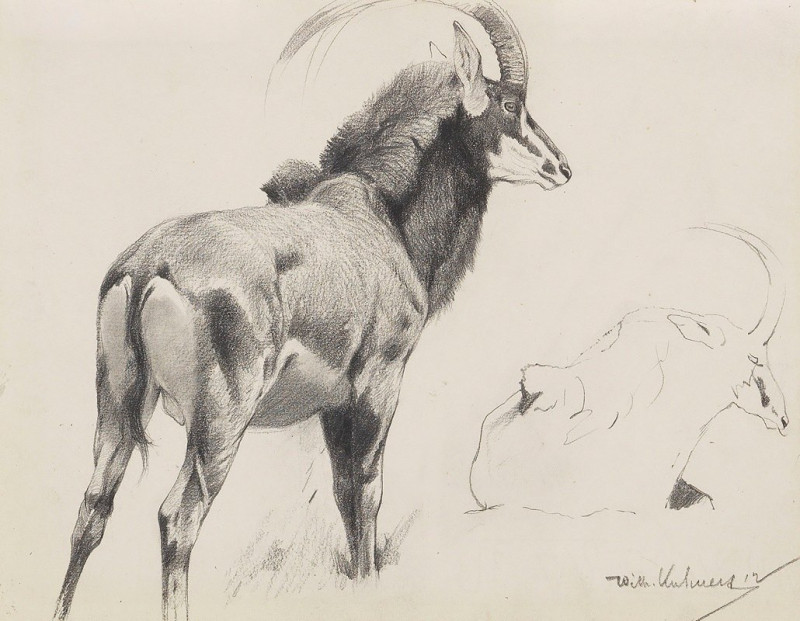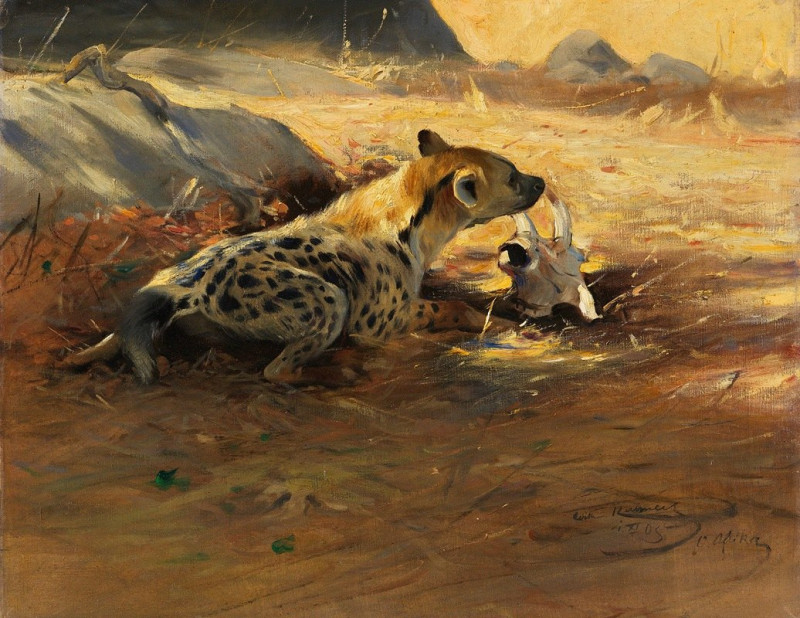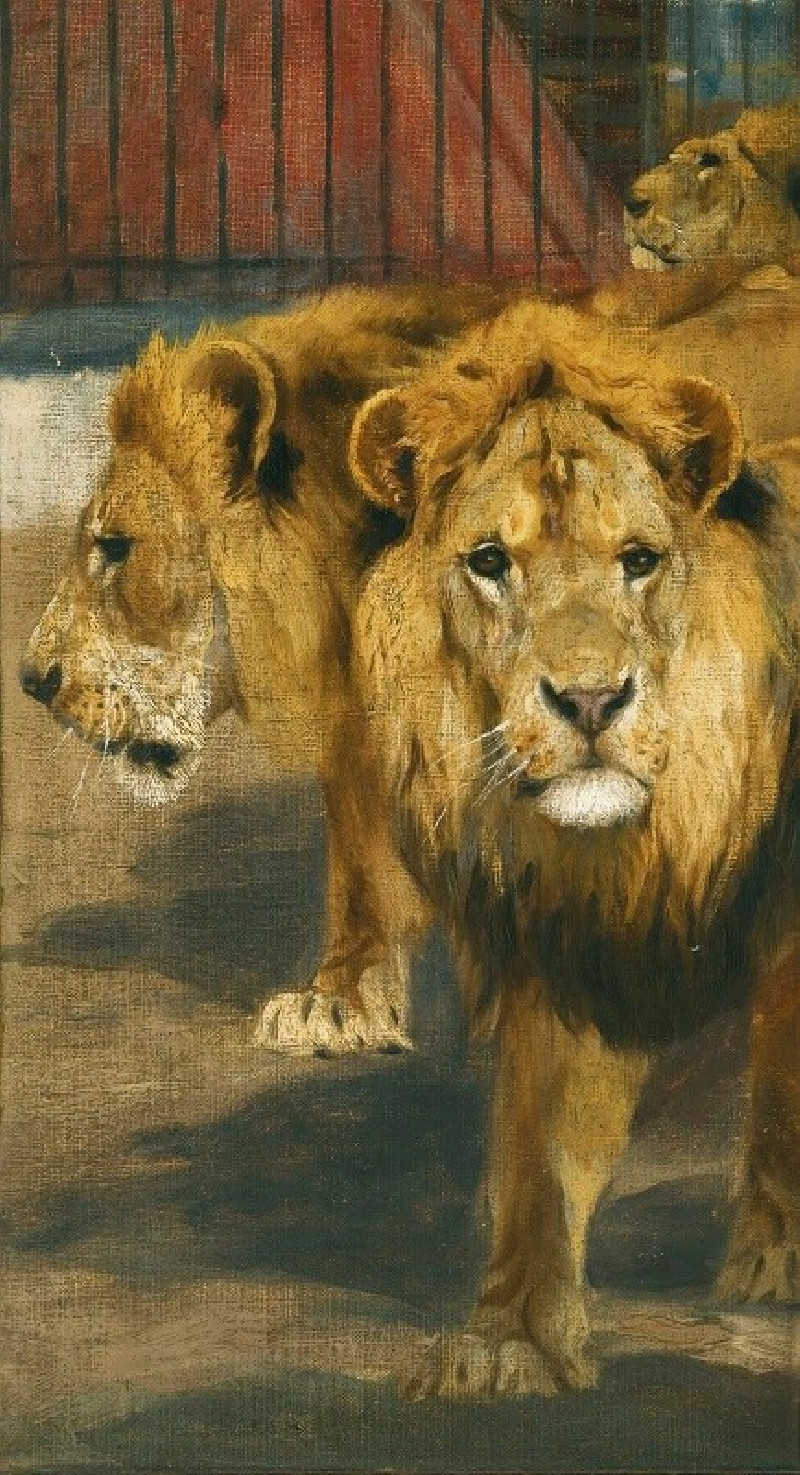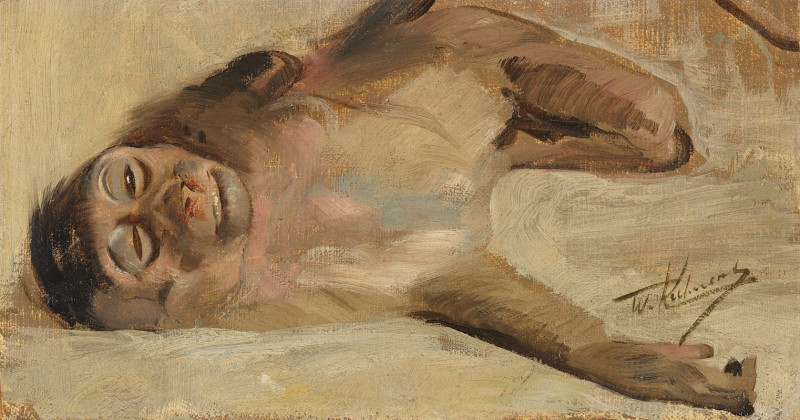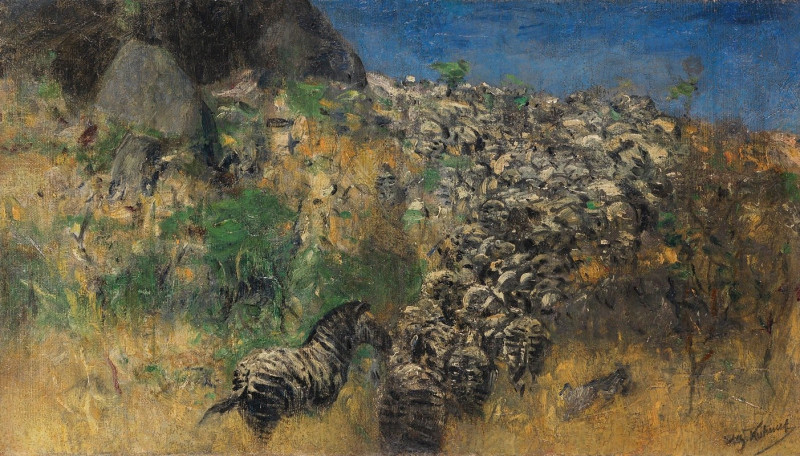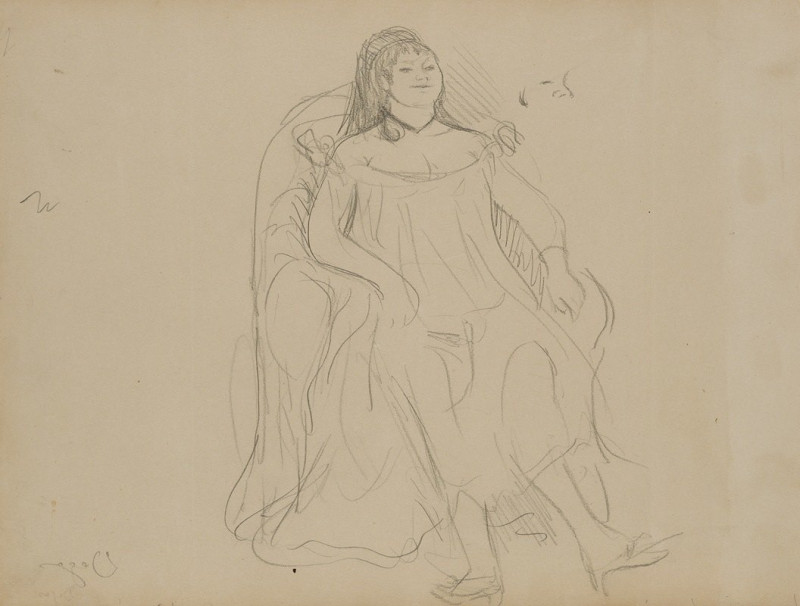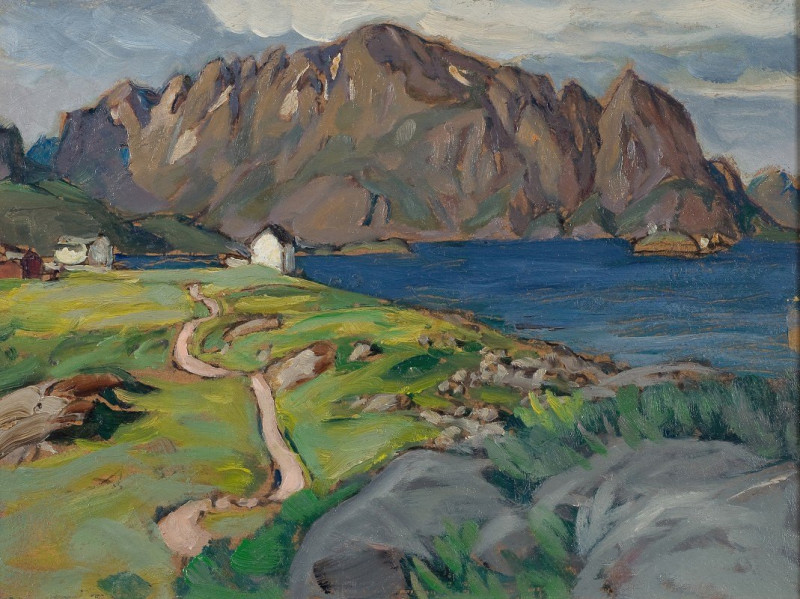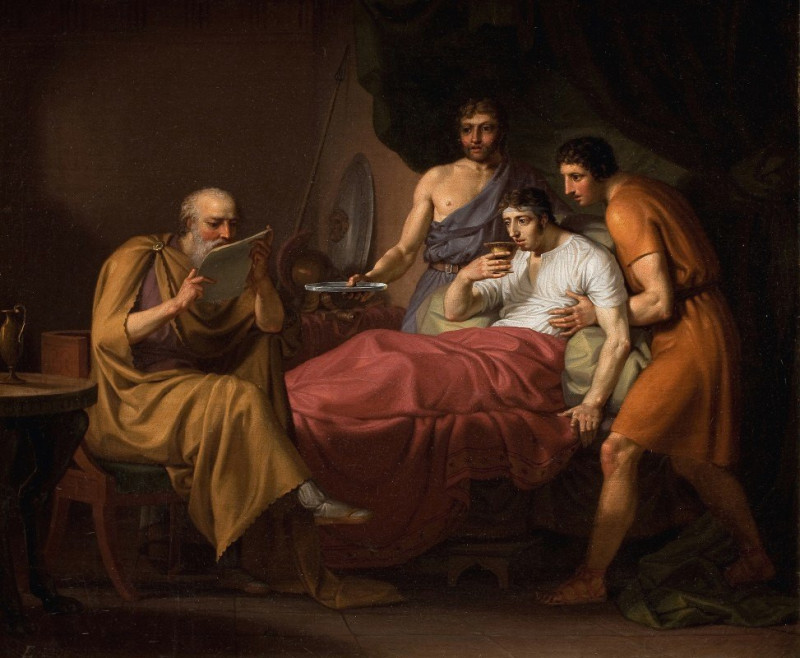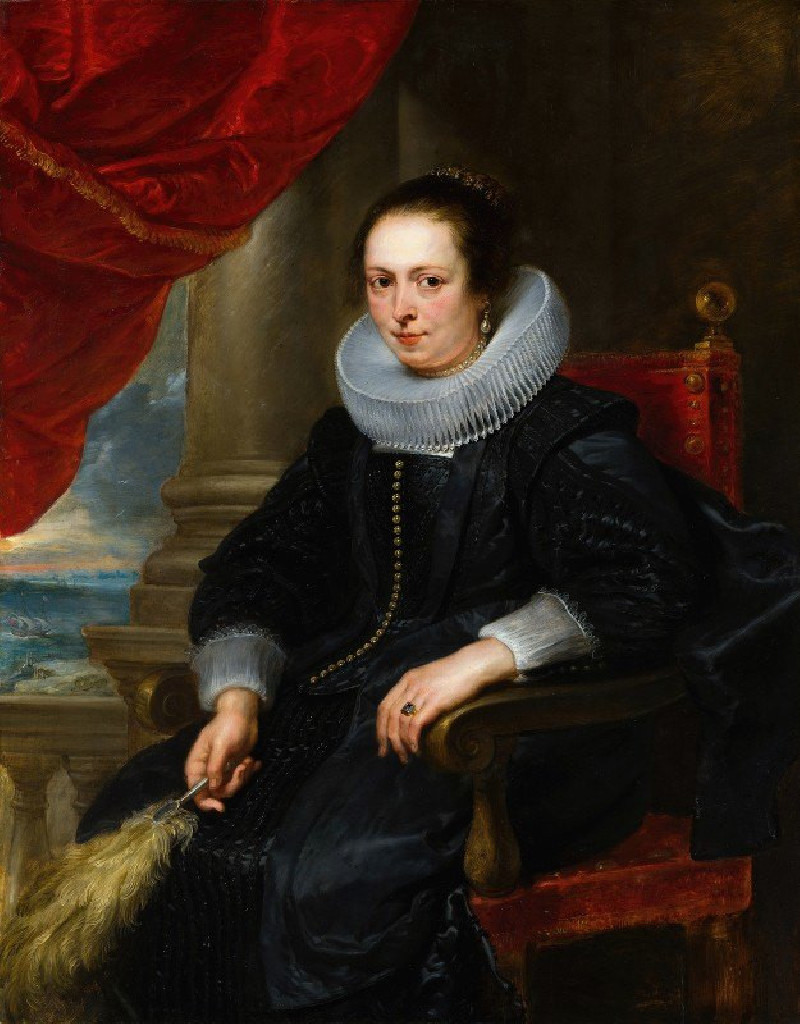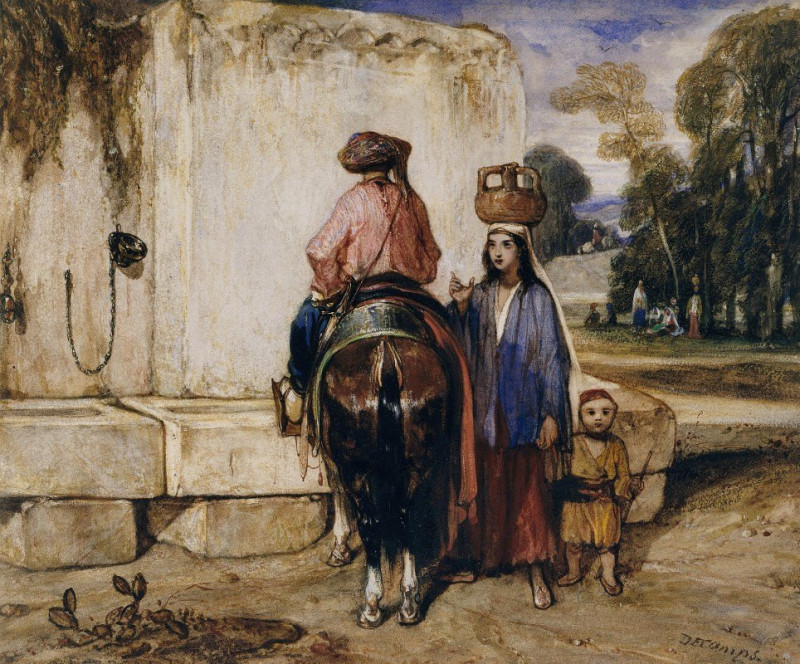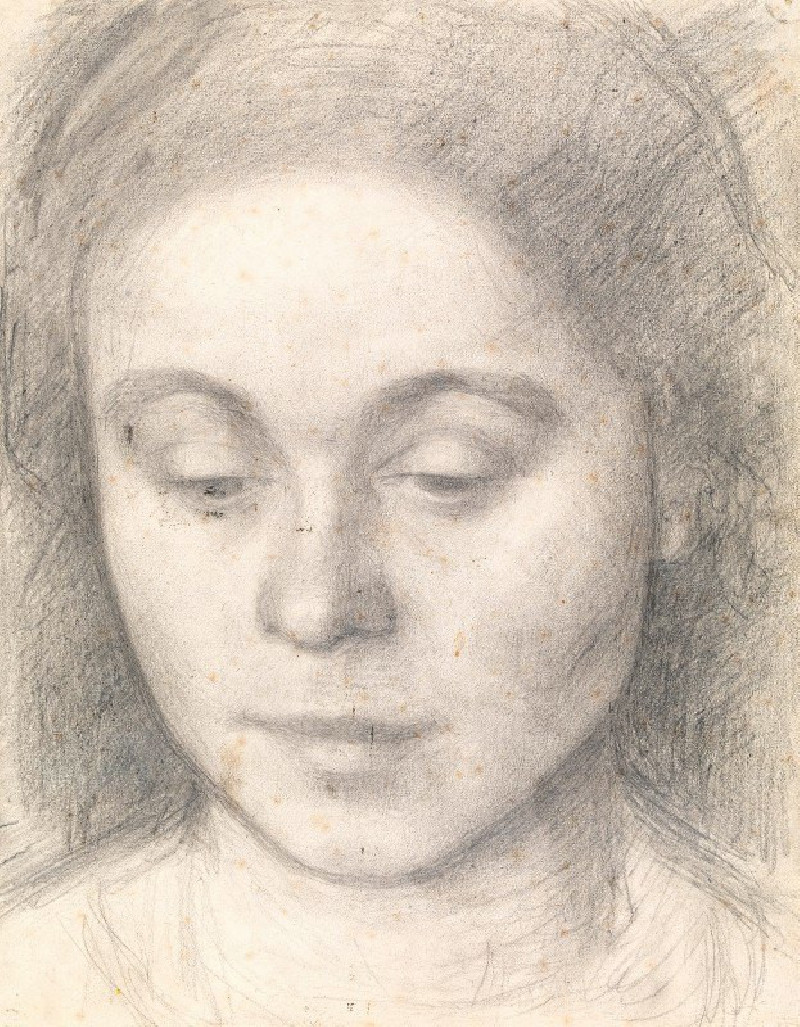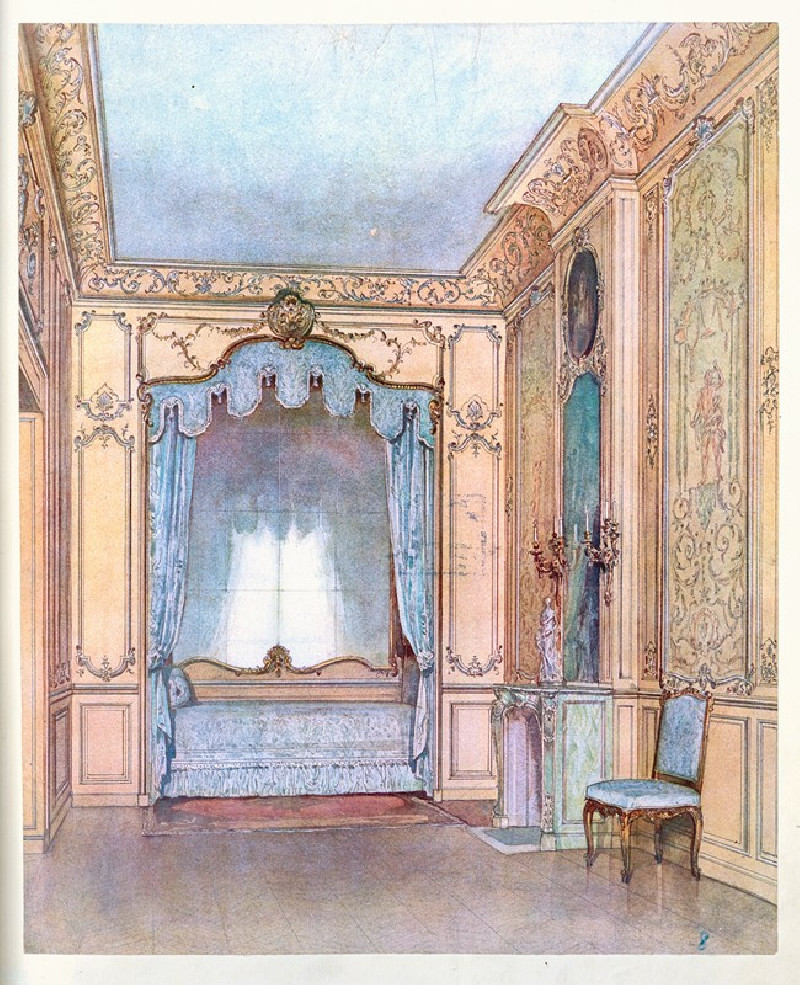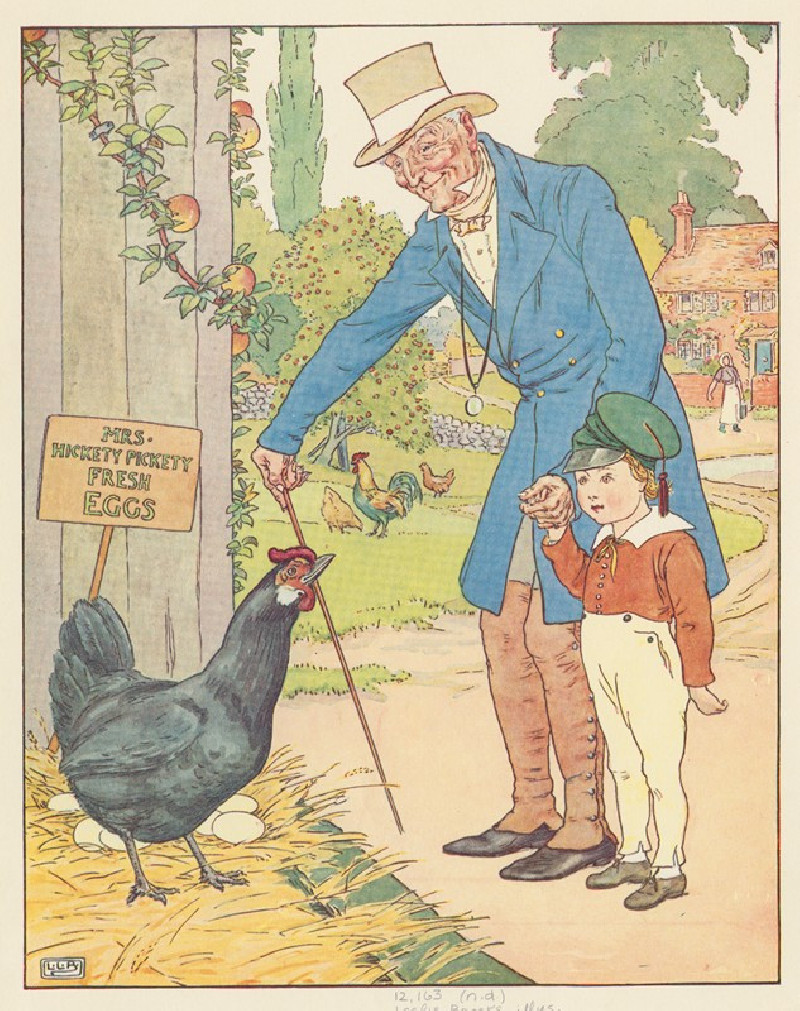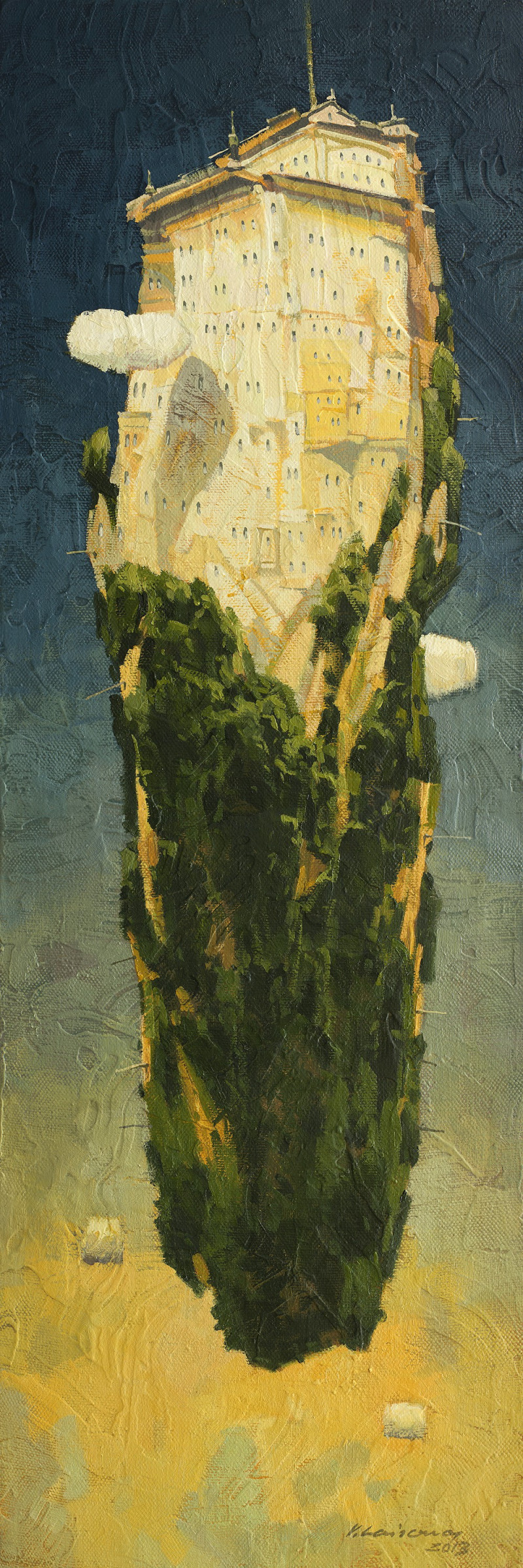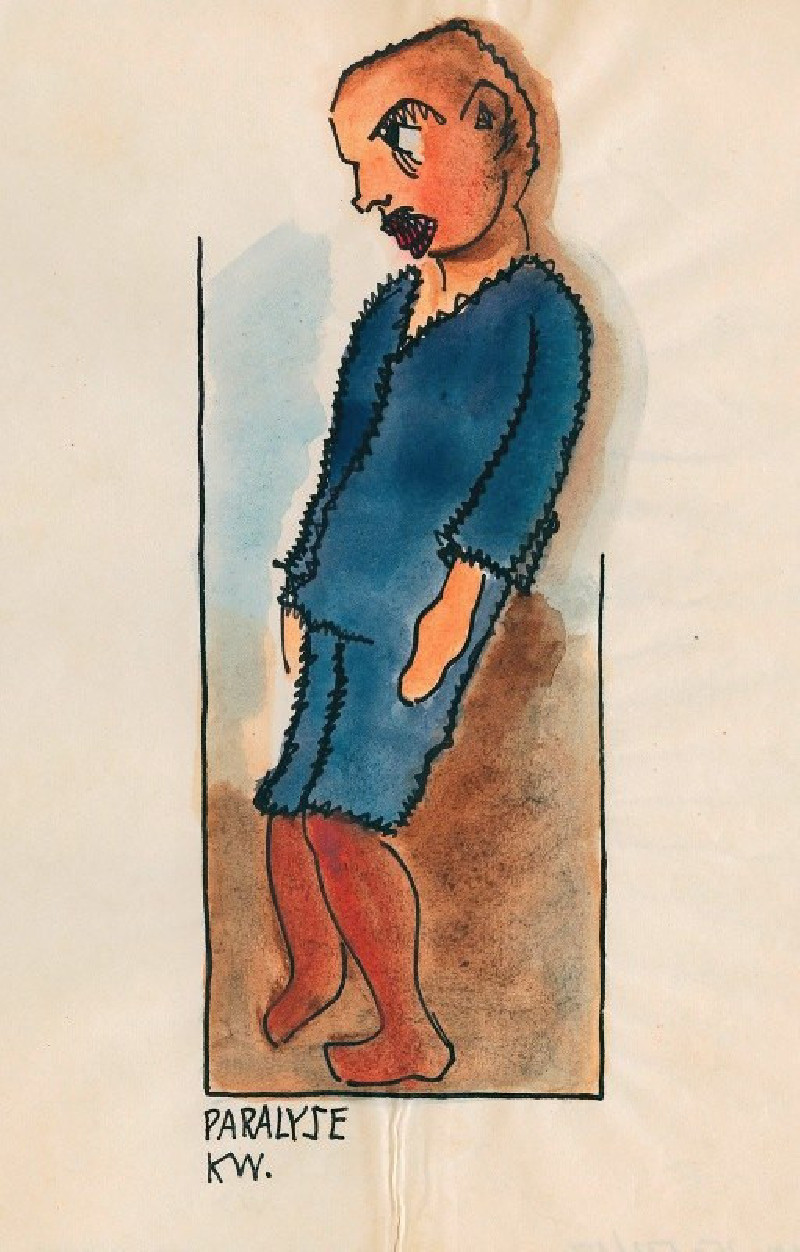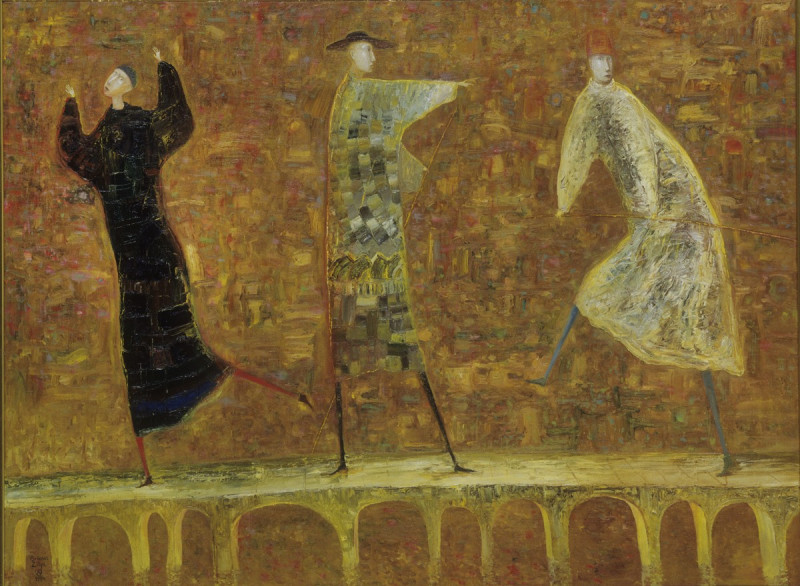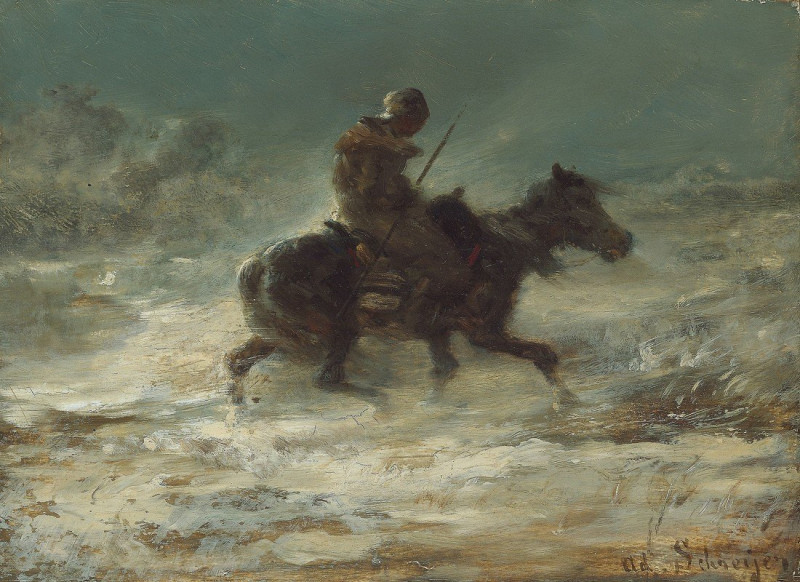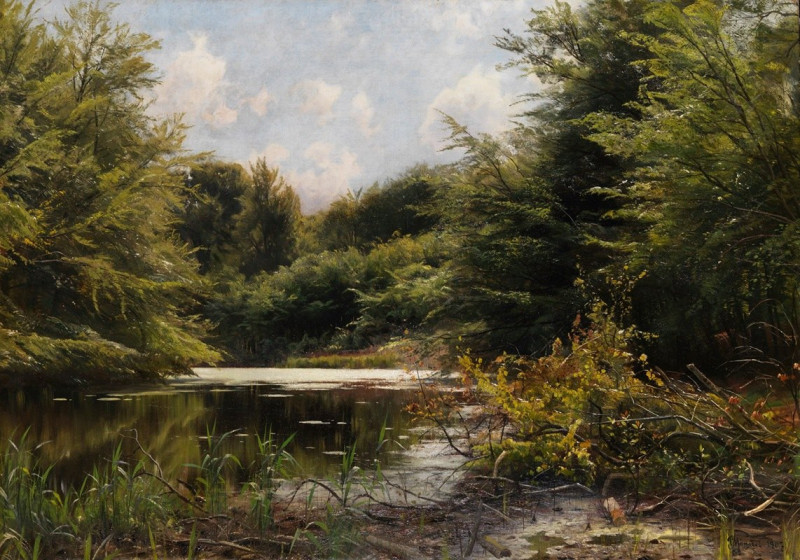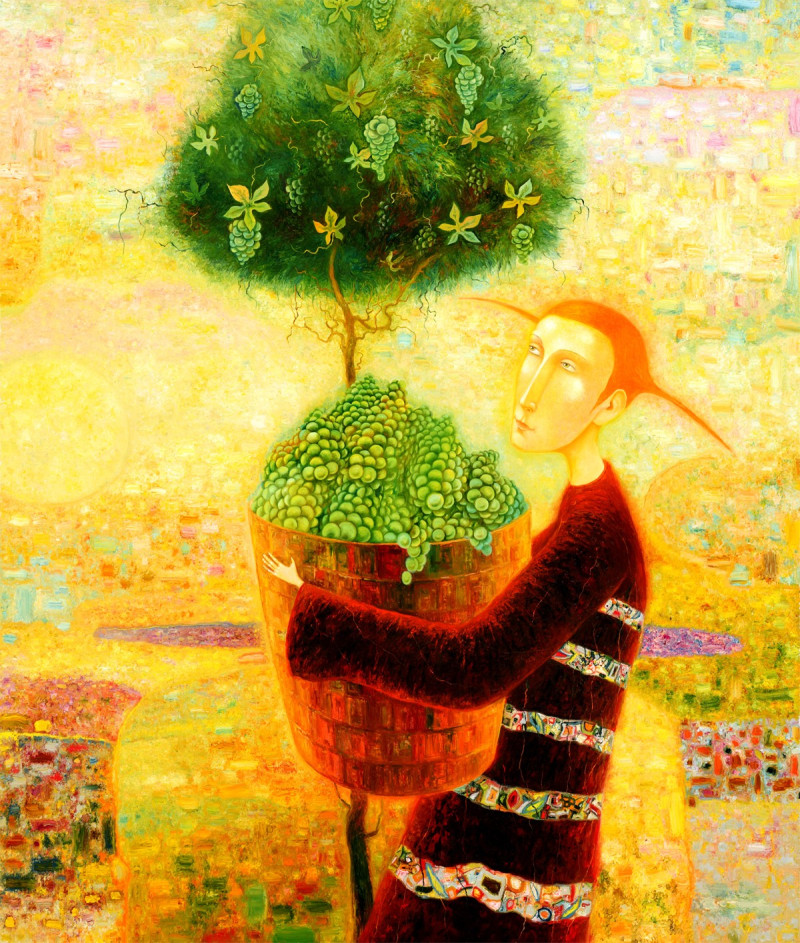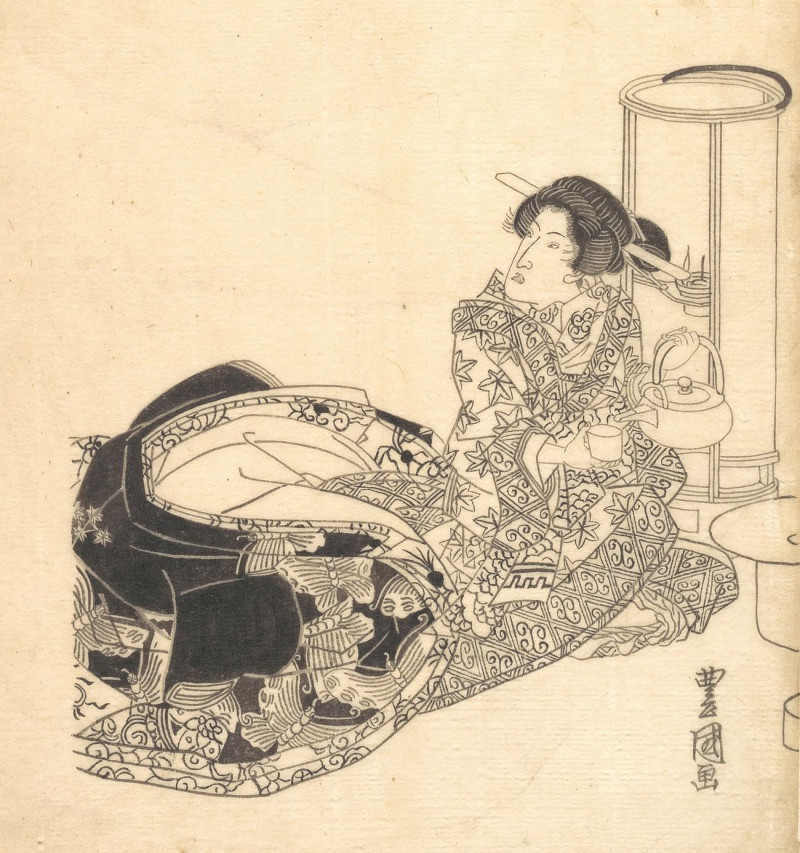Hyäne auf der Lauer (1905)
Technique: Giclée quality print
Recommended by our customers
More about this artwork
Wilhelm Kuhnert captures the stark reality of the wild in his compelling painting, "Hyäne auf der Lauer," or "Hyena on the Prowl." The piece spotlights a lone hyena encountering the sun-bleached skull of a fallen animal—a potent symbol of life and death in the barren wilderness.Kuhnert's masterful strokes render the rocky terrain and dry earth under a muted, overcast sky, invoking the harsh environment in which these resilient scavengers survive. The hyena, meticulously detailed, is depicted with keen eyes and an attentive pose, emphasizing its role as both predator and scavenger in the natural order.The foreboding mountains in the background and the stark, desolate landscape around the hyena reflect the solitude and raw survival instincts that dominate this scene. Kuhnert, known for his realistic portrayal of animals in their natural habitats, provides not just an artwork, but a narrative that speaks to the cycle of life and survival in the animal kingdom.
Delivery
Returns
Friedrich Wilhelm Kuhnert was a German painter, author and illustrator who specialized in depictions of animals. After illustrating Alfred Brehm's books, he traveled to German East Africa to observe animals in their natural habitat and created a series of paintings that defined Africa for many Germans of the period.

